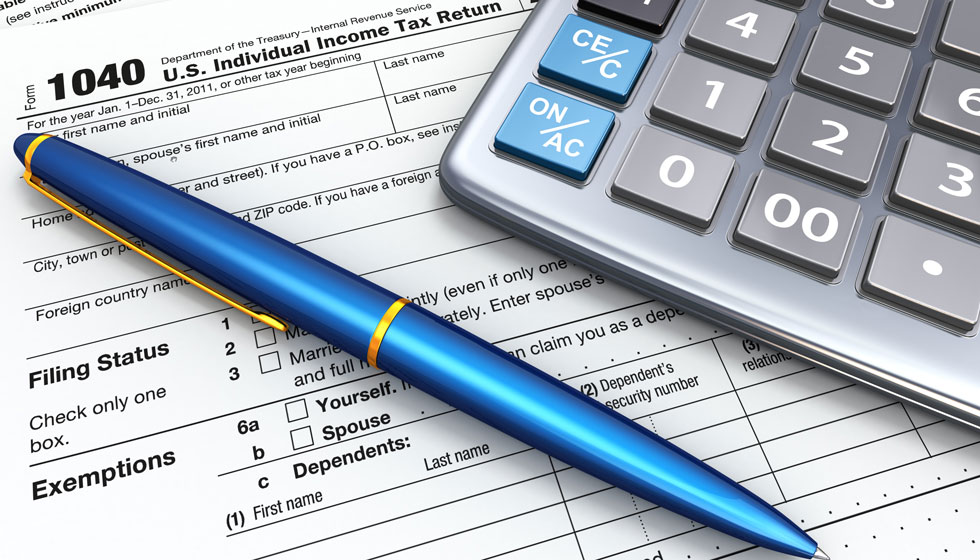September 1, 2017
Versions in Español (Spanish)
[caption id="attachment_21145" align="alignnone" width="980"] A recent IMF paper looks at the effects of lowering personal income tax rates on income distribution and the U.S. economy (photo: Ingram Publishing/Newscom)[/caption]
A recent IMF paper looks at the effects of lowering personal income tax rates on income distribution and the U.S. economy (photo: Ingram Publishing/Newscom)[/caption]
U.S. lawmakers getting ready to rewrite the nation’s tax code have a fundamental question to answer: What are the priorities for tax reform? Do you want faster growth? Less income inequality? A tax cut that doesn’t increase the budget deficit? In a recent working paper, we find that, depending on how a tax cut is targeted, it is possible to make some progress toward the first two objectives. Personal income tax cuts can help support growth and, if well targeted, can also help improve income distribution. However, we find that lowering personal income tax rates does not raise growth enough to offset the revenue loss that is caused by the tax cut itself.
The tax reform debate is unfolding, with the U.S. economy in one of its longest expansions in history. In the medium term, though, growth prospects are constrained by weak productivity growth, falling labor force participation, increasingly polarized income distribution, and high levels of poverty. These trends have reduced the labor share of national income by about 5 percent in 15 years, have shrunk the middle class to the smallest share of the population in 30 years, and—aside from the immediate aftermath of the financial crisis—have resulted in the lowest potential growth rate since the 1940s.
Finding solutions to these issues requires action in multiple areas, among them trade, education, and health. In the latest economic assessment of the U.S. economy , the IMF and U.S. authorities have also mentioned tax policy as an important lever. Our paper looks more closely at the notion that tax reforms—and individual income tax cuts in particular—can go a long way in solving these challenges. But how far can a tax cut really take you? Can a personal income tax cut boost growth? And if it does, can it boost it enough to not weigh on the budget? More importantly, will the benefits of the reform reach low and middle-income households?
Our paper assesses the dynamic effects of lowering effective personal income tax rates on income distribution and the U.S. economy. We do so based on modern tools for quantitative macroeconomic analysis, relying on a model capturing salient features of the United States that are key for the question at hand; namely, different types of households (differentiated by education level), different productive sectors (manufacturing and services) interlinked through a realistic input-output structure, and international trade. In addition, and contrary to standard incidence analyses, our approach incorporates dynamics and forward looking behavior, which allows us to consider the medium-term effects of policy changes.
Three key results emerge from our analysis.
First, although we find that tax cuts provide a one-time boost to GDP, consumption, and investment, these effects are never strong enough to prevent a loss of revenue. Thus, tax cuts would need to be financed either through increasing the public debt, cutting spending, or by raising revenues from other taxes. Since we aim at obtaining better distributional outcomes while still preserving some modest upside to growth, we focus on financing the cuts with a shift from personal income taxes to consumption taxes, combined with an expansion of the earned income tax credit to protect the poor.
Second, we find that personal income tax cuts can benefit lower income groups, even if those at the bottom of the earnings scale do not directly receive a tax cut. Our economic model predicts that when tax cuts are targeted at middle (or high) income groups, these groups will spend some of the tax savings on (non-tradable) services, which are typically provided by lower-income people. Wealthier groups, on average, dedicate a larger share of their consumption expenditures to services. Consequently, when wealthier people pay less in taxes, their spending on services increases, raising demand for—and the wages of—low-skilled labor.
Third, our analysis reveals a fundamental tradeoff between growth and income inequality, depending on who gets the tax cut. In our simulations, while tax cuts for higher income groups may generate greater gains in GDP through higher investment and labor supply, they also exacerbate income polarization and inequality, both already at historical highs. Even accounting for the fact that rich people might consume more goods and services produced by people in the lower part of the income distribution, and allowing for an increase in the earned income tax credit to protect the poor, the income gap would still widen substantially if taxes were cut for higher income groups. On the other hand, a tax cut targeted at middle-income groups would help reduce income disparity and polarization, but might provide smaller growth dividends.



